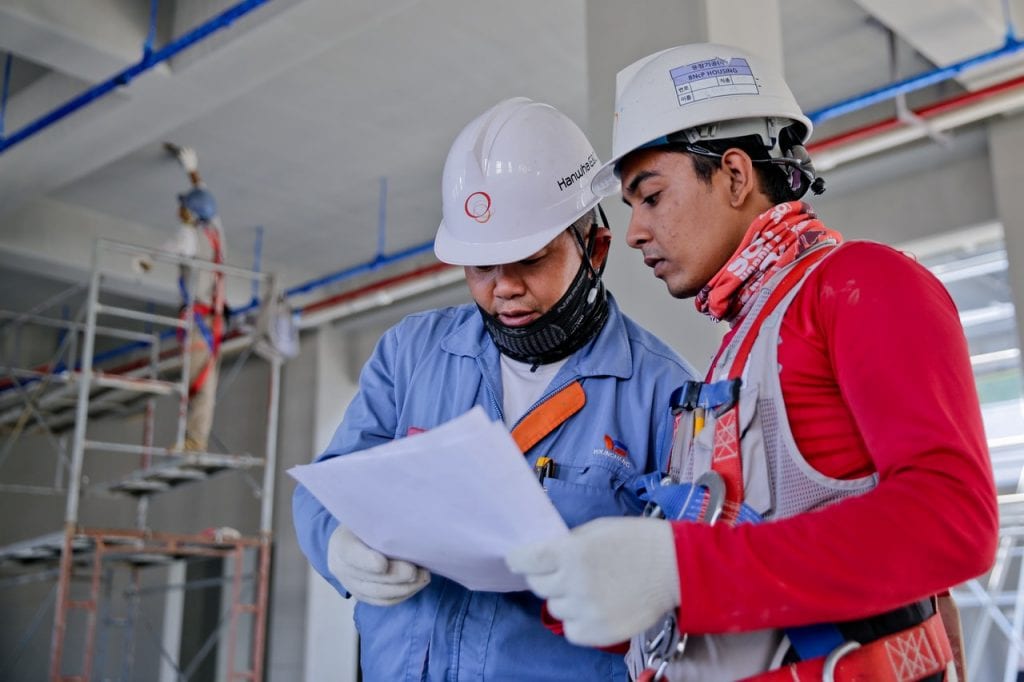Tenant improvements (TI) are also known as leasehold improvements. They are custom cosmetic and functional alterations that a building owner or lessee make to a commercial medical or dental office, warehouse or retail space. These changes often include renovating or redesigning:
- Walls
- Floors
- Ceilings
- Lighting and electrical
- Plumbing
- HVAC (heating ventilation air conditioning)
- Disability access
Tenant improvements are sometimes minor, depending on the condition of the space and the lessee’s needs. In most commercial space rental situations, a lessee negotiates with the landlord for a tenant improvement allowance (TIA or TA) before occupying the space. You, your project manager, and the landlord will have to determine in your lease negotiations: design, labor, time-frame, and who pays for what. Every lease agreement should contain some sort of “Improvements and Alterations” clause, this is where you’ll want to double check the specific enumerations.
Connect With Stryker Construction
What Is a Tenant Improvement Allowance?
A tenant improvement allowance is the amount of money a landlord is willing to spend renovating a commercial space. This is typically assessed per square foot and represented as a dollar sum. If the construction costs more than the agreed upon sum, you will have to pick up the additional costs.
Before moving into a commercial space, it is important to assess what your businesses or practices needs are. This will dictate the cost of the renovations, set your TIA, and give you an idea for what the construction process will look like. Keep in mind that an office build out requires more invasive the work, which will result in greater the costs.
The best way to keep costs down is to select a space that already fits most of your needs. Negotiate upfront with your landlord the exact terms of the commercial lease agreement. In rare cases, a landlord may cover your tenant improvements in full with your TIA, but in many cases, both parties agree to pay an enumerated portion and split the costs.
How Much Do Tenant Improvements Cost?
Numerous variables influence the office build out process how much your build out will cost. If you know what renovations need doing upfront, you’ll be in a better place to negotiate. This is where having designers and space planners can really come in handy. Consider the existing condition of the space first. If the commercial space is in a “shell condition” then the leasehold improvements are guaranteed to be more expensive. Because the space has not yet been built out, your contractor will have to install costly essential systems like heating, plumbing and electrical. your costs are guaranteed to be lower if the space was previously occupied. A “second generation” space saves you money as many of the essential utility elements are already in place.
Typically, the best time to negotiate for office space renovations is when you’re renegotiating or starting a new lease. This also becomes a crucial consideration when it comes to making your commercial real estate tax deductions. Since 2002 landlords (or tenants – but not both) have been able to deduct 30% of the cost of the TI in the same year that it’s completed. You’ll want to research the best way to account for your commercial space in your taxes. You’ll want to make sure that you minimize your out-of-pocket costs.
Other Considerations
Your TIA is not a concession or a gift, so don’t let your landlord fool you. The upgrades that you ask for could constitute capital improvements, as they improve the building in a way that benefits any future tenants. This means that in most cases the work may be something that the landlord should pay for.
Regardless, it is also important to know that your landlord will pass the cost of your build out down to you through your rent. This isn’t necessarily bad. You are paying for your improvements, so you get to dictate to a greater or lesser degree how to spend and utilize that money. Know that you have some negotiating power here.
Finally, look out for any hidden “administrative fees” lurking in your leasehold improvements agreement. Your landlord may add these to your rental rates as a hidden way of recouping costs. Spend your money on actual improvements, not administrative fees. Be careful, and do your homework.
Connect with Stryker Construction
Connect with us today. If you’re considering using a tenant improvement allowance for your dental office, medical office, warehouse, retail space, or any other commercial office build out let us know. At the very least, we can lend you some extra information and educate you further regarding your options. We are proud Northern Nevada community partners and we’re here to help!
Learn More About Tenant Improvements